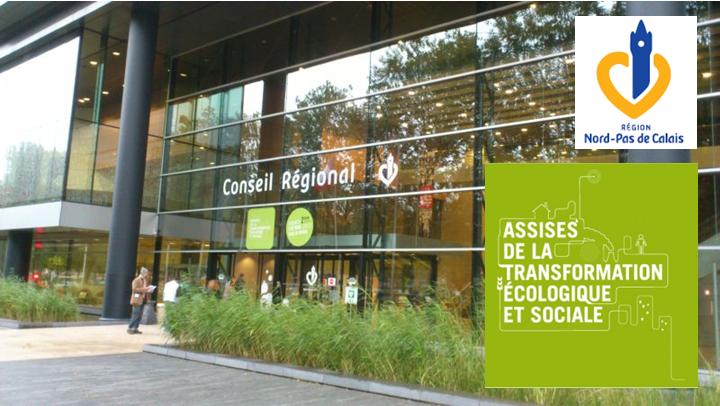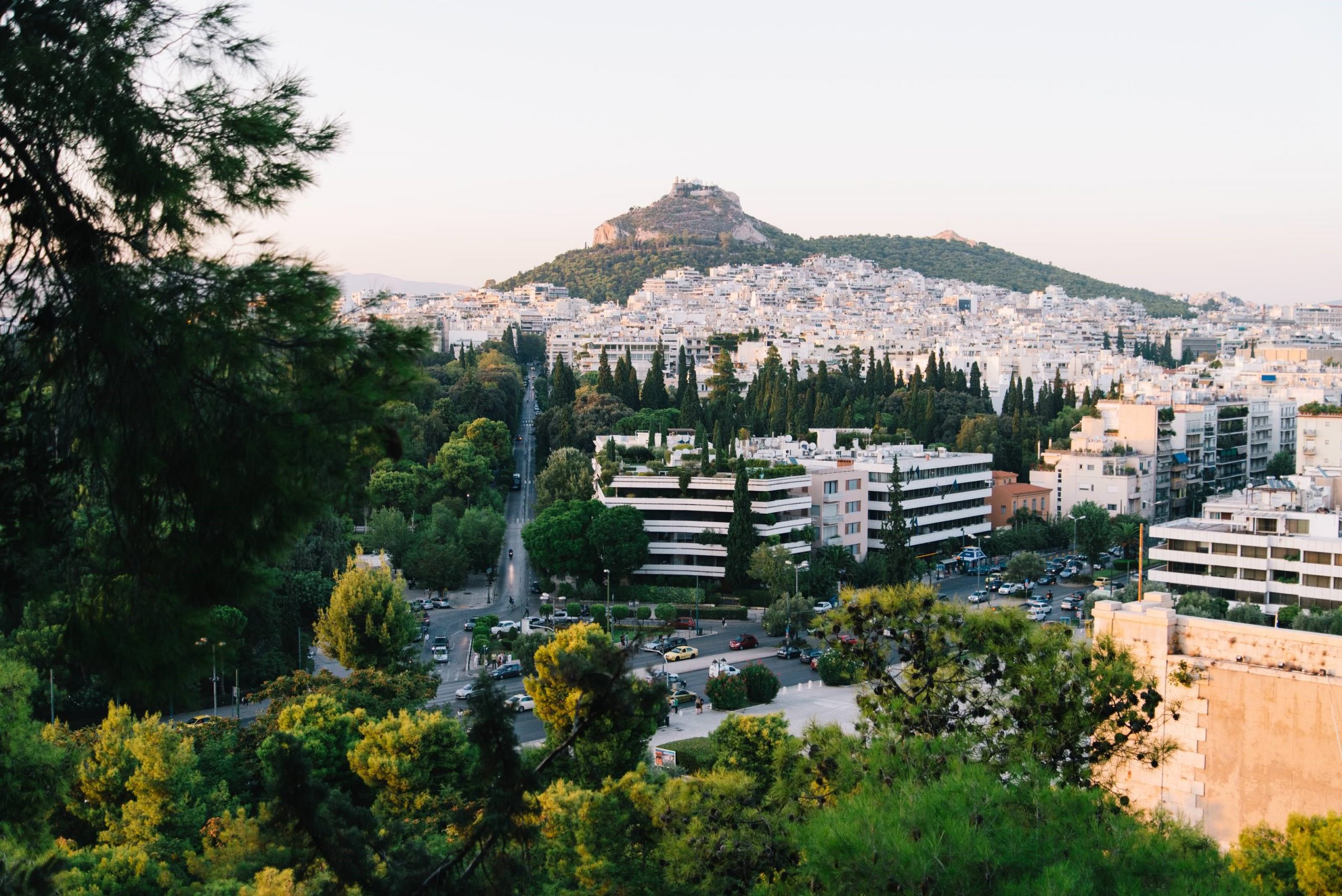By Evi Tsakali,
Athens, a city inhabited in a continuous manner for over 3 millennia, has a history of rising from its ashes like a Phoenix. In the even more descriptive words of the President of the urban network 100 Resilient Cities, Michael Berkowitz on the occasion of the publication of the “Athens Resilience Strategy for 2030” in collaboration with the City of Athens and the Mayor of Athens at the time, George Kaminis: “Steeped in an ancient and storied past, Athens stands at the crossroads of the challenges and opportunities of the present. It has experienced several extreme transformations throughout its history, from serving as the cradle of democracy and western civilization in antiquity, to fading into an Ottoman outpost of only 5000 people in the 19th century, to emerging as the dynamic and densely populated metropolis it is today. As Athens continues its recovery from the economic crisis and subsequent austerity measures, and the sudden influx of migrants and refugees, it is poised to shape its future from the opportunities presented by its challenges”.
Athens has been proven to be capable of changing, adapting, and overcoming, but the city has experienced significant struggles during the recent past; struggles that have shifted the spotlight on the weaknesses of the Athenian metropolis, and have further exposed the long-term stresses that have been emerging. The questions that arise, consequently, are multiple and interconnected: is Athens capable of building resilience in the present context? How can the strengths of the city of Athens serve as tools in the process of resilience-building? , and, Abiding to the guidelines of the 100 Resilient Cities network, which policies would be applicable in the case of resilience-building for Athens, and which type of resilience would they be indicative of?

At this point it would be sensible to define, or rather attempt to approach, the complex notion of resilience, a common reference point for politicians and policy-makers alike. Resilience constitutes a notion that is acknowledged as vague by the academia, and applied as such in the political arena (White et al. 2014). The urban network 100 Resilience Cities (in collaboration with which the Athens Resilience Strategy for 2030 was published) defines resilience as “the capacity of individuals, institutions, businesses and systems within a city to adapt, survive and thrive no matter what kind of chronic stresses and acute shocks they experience” (Myrivili, 2016). Focusing on the quite generic terms of “chronic stresses” and “acute shocks”, we could clarify them by referring, respectively, to the challenges affecting the community on a cyclical basis and the sudden shocks that occur.
In the case of Athens, these chronic stresses could consist of the depressed macroeconomic conditions, or the general mistrust towards public services, a phenomenon noticed in practice and illustrated by a related report of the Greek Ombudsman (2016). However, it is the acute shocks that are numerous and more threatening for the Greek capital; Athens is constantly (but always in a sudden manner) called to deal with earthquakes as well as indicators of climate change (flash floods, poor air quality, heat waves, wildfires). The aforementioned, combined with the aging infrastructure that characterizes the city, reduces significantly the efficiency of its responses to such challenges. In the meantime, Athens is facing civil unrest, with demonstrations and protests taking place almost daily in the city center. According to data collected for the purposes of the publication of Athens Resilience Strategy for 2030, “during the period 2011-2015, throughout Greece 27,103 demonstrations were organized, averaging 15 per day”; in 2014 only, the cleaning services of the Municipality of Athens had collected 50 tons of rocks after riots. Those demonstrations are organized by a variety of actors and collectivities, which include, but are not limited to: political parties, labor unions, student groups. Regardless of the origin of the initiative, their size or their intensity, those demonstrations may turn into violent riots that last even for days, thus disrupting the city’s daily functions. To this equation we should add the rising threat of cybercrime -a matter that the National Authority Against Electronic Attacks (NAAEA) has remained seized upon- in addition to the migrant and refugee flux that has left the city struggling with unemployment, poverty, and the flaws of its infrastructure.

Having taken into consideration the challenges that Athens is facing and in order to further comprehend the task in hand, it would be useful to put the city’s resilience-building strategy into perspective: and to proceed to that, it is imperative to note the distinction made between equilibrium resilience and evolutionary resilience. In an introductory manner, we would consider the first based on a return to equilibrium for the city or collectivity, whereas the latter as a transformative adaptation. Academics argue that “equilibrist interpretations are both simplistic and fatalistic; accepting the status quo, leaving unchallenged current norms of behavior that drive risky behavior and privileging reactive responses to risk”, while in the evolutionary approach to resilience “the adaptive capacity of cities or communities can be augmented with an emphasis on behavioral or institutional change alongside recovery” (White et al. 2014). In essence, the objective of the evolutionary interpretation is a more dynamic region, better equipped to avoid future shocks; an aspiration for a “new normality”. Regarding their aim, the two models of resilience building proposed by the literature represent a binary of existing normality versus new normality, preserve versus transform, and stability versus flexibility. In this sense, in the process of policy-making with a view to building a specific region’s resilience, the political actors and the academic contributors ought to examine, in the first place, whether the region that is being studied needs to become resilient in order to rebound, or in order to change. An answer to this very question is attempted in the present policy report for the case of Athens, under the lens of the case of the resilience-building in Nord-Pas-de-Calais region, in France.
The case of Nord-Pas-de-Calais: a journey of transformation
Nord-Pas-de-Calais is a region with a great industrial tradition, and it is because of this tradition (and the initial inertia of the territorial system) that this region suffered a lot during the transition to a more globalized economy; that makes Nord-Pas-de-Calais an indicative case for resilience-building.
The industrial power of Nord-Pas-de-Calais was mostly constructed in the 21st century, owing to the action of entrepreneurs (local and Belgian) in the textile industry as well as the first mines. The region welcomed a massive investment of grand banks, especially Parisian banks, during the development of the mining basin, railways, and iron and steel industry.

The implication and contribution of the State was indirect; the French state opted for concessions, protectionism, authorizations, until the decentralization laws of 1980 gave regional and local actors a greater liberty of intervention. The regional development plan, which was elaborated in collaboration with regional actors and academics, visioned two poles of growth; one with an industrial vocation at the coast of Dunkerque, and another with a tertiary vocation in the Metropole of Lille. (Tanguy et al. 2012)
The Metropole of Lille according to the plan: a case of transformative adaptation
The goal of the plan was the creation of a new city, whose mission would be to host universities, research centers, in addition to innovative businesses capable of renewing the economy dynamics in the whole region. In the meantime, in the scale of Nord-Pas-de-Calais, the construction of the tunnel under the Manche channel combined with the great speed train lines (TGV) gave the whole Metropole an opportunity to envisage a future that is open to Europe. In that sense, the business district Euralille was inaugurated, at the crossroads of the TGV lines that connect Paris, London, and Brussels. That was only the beginning for the creation of a series of “metropolitan poles of excellence”:
- Eurosanté (biology-health) in Loos
- Euratechnologie in Lille
- The “Zone of the Union” (innovative textile and pole of image) in the junction between Roubaix and Tourcoing
- The “technologie verte” of Villeneuve d’Ascq
Despite the planning’s success being undoubtable (Liefooghe, 2012; Tanguy et al. 2012), Lille still has to deal with the competition of other French and European metropolitan regions. With a view to efficiently responding to this competition, based on the distinction between the two types of resilience as mentioned above, Lille will have to pave the way towards a new identity, a “new normality” (resilience for change-evolutionary resilience), rather than stick to a survival-oriented model (equilibrium resilience).

Conclusion: Could Athens be the new Nord-Pas-de-Calais?
Having presented the journey of the Nord-Pas-de-Calais region towards resilience, the question of whether this model would apply to the case of Athens as well is instigated. Some may claim that, during these times of economic austerity and lack of resources, Athens could not develop with a French region like Nord-Pas-de-Calais, and especially a metropolis like Lille as the point of reference; that a short-term, more reactive model of resilience like the equilibrist one will be ultimately achievable. Nevertheless, despite its contrasting characteristics, and as daring as it might seem, the evolutionary model of resilience may be more desirable for risk management. In this sense, the City of Athens, in its vision for an open, green, proactive and vibrant city, has opted for the second. More specifically, in the Athens Resilience Strategy for 2030, Eleni Myrivili, in her letter as the Chief Resilience Officer, decided to include an open invitation to “everyone committed to helping to protect and improve the lives of all Athenians. Help us strengthen the city as it prepares for the future. Individuals, community groups, institutions and private businesses, let us know new ways of thinking or doing things for the city; tell us about projects that can transform it; work with us to implement resilience actions that inspire you. Resilience is about being prepared for and open to, change and transformation. This is not a fixed strategy: our world is changing too fast. What our strategy provides is a framework that demonstrates while embedding the logic of resilience in policy-making. We’re all in this together.”.
Taking into consideration the last part of her statement, it is evident that the City of Athens aspires to incline towards a more transformation-oriented type of resilience in order to achieve the four general goals described in the Strategy. Besides, a Resilience Strategy elaborated with a view to setting goals towards 2030 wouldn’t be efficiently applicable if the suggested policies included required old measures and outdated practices; a 2030 Strategy (that according to Michael Berkowitz creates a framework of actions “that ensure this is a future in which Athens not only survives but thrives”) would only make sense if the 21st century struggles that the city is facing are mitigated or tackled via 21st century solutions.
References
- “Athens Resilience Strategy for 2030.” City of Athens, 100 Resilient Cities, Rockefeller Foundation, 2016.
-
Myrivili, Eleni. “Athens.” Resilient Cities Network, 22 Nov. 2020, resilientcitiesnetwork.org. Available here
-
White, Iain, and Paul O’Hare. “From Rhetoric to Reality: Which Resilience, Why Resilience, and Whose Resilience in Spatial Planning?” Environment and Planning C: Government and Policy, vol. 32, no. 5, 2014, pp. 934–950
- Tanguy, Corinne, et al. Mondialisation Et Résilience Des Territoires: Trajectoires, Dynamiques D’acteurs Et Expériences. Presses De L’Université Du Québec, 2012.




